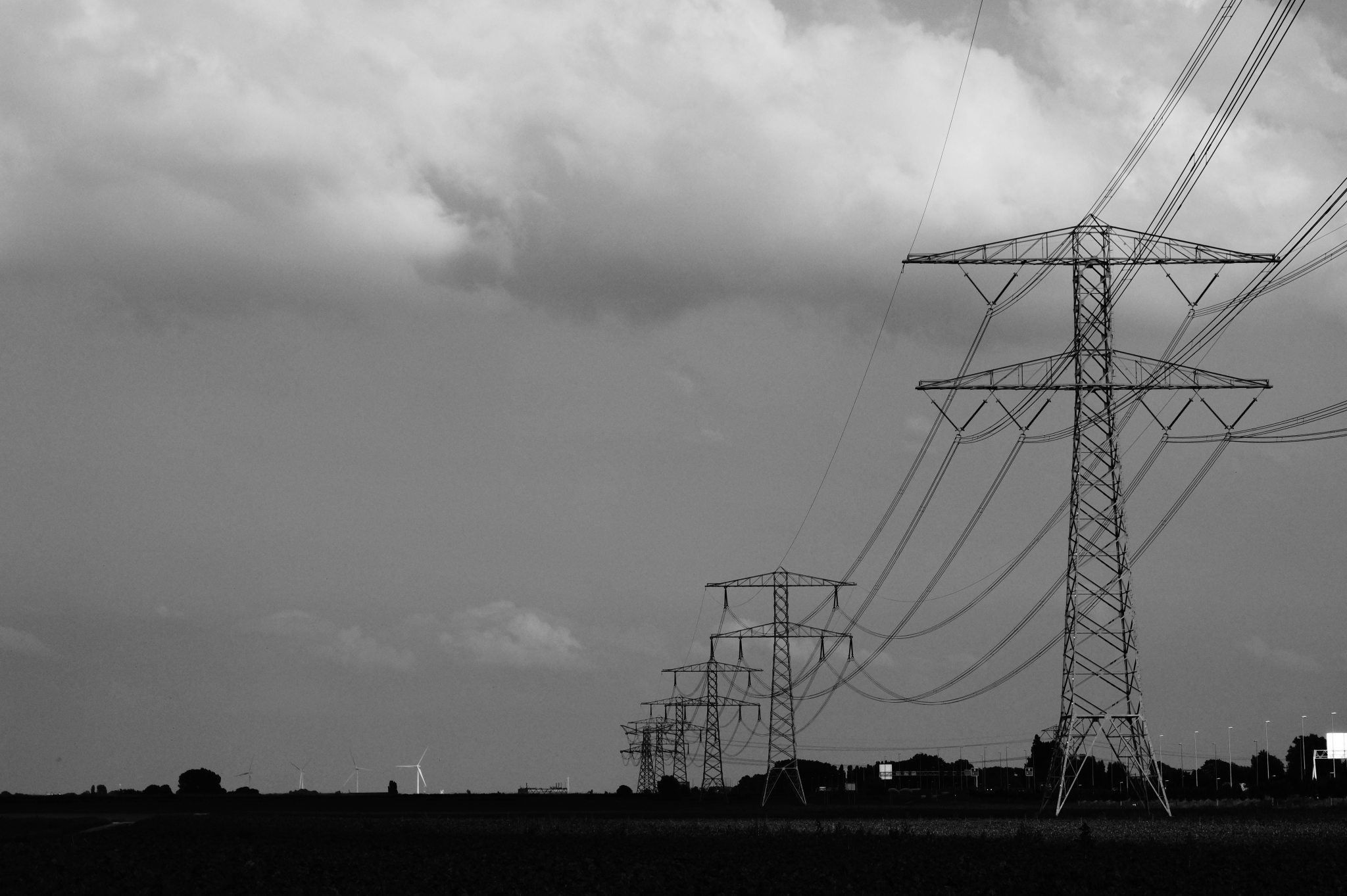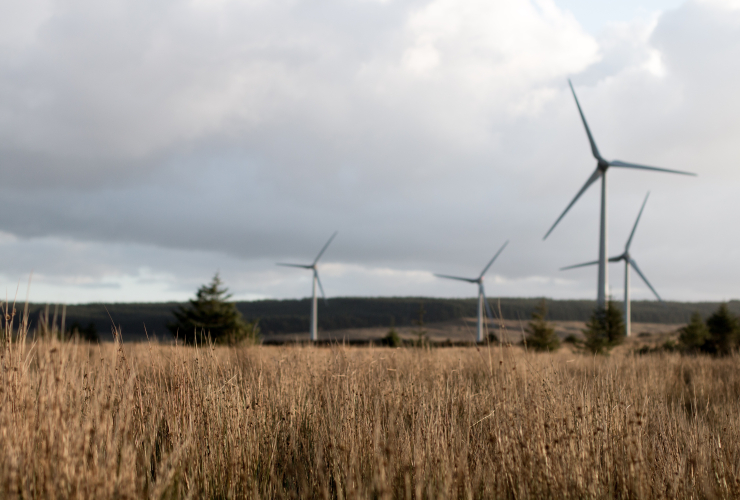The latest federal budget focused on promoting clean electricity to catch up to American climate policies. The more electricity we save, the easier it will be to achieve zero-carbon grids and electrification of heating, transportation and industry. However, the budget had little emphasis on saving electricity, an area where Canada significantly lags behind the United States.
The budget had a clear bias for supplying more energy over reducing demand. For example, the document stated that "as electricity becomes the main source of energy, daily and seasonal demand peaks will become more pronounced. Canada will need to invest heavily in renewable generation to meet this demand."
This statement misunderstands the modern operation of electricity systems, where demand-side management is an indispensable resource to reduce peaks and demand growth. Better insulated buildings, more efficient industrial motors and energy management, and optimized commercial lighting and HVAC systems are examples of improvements that provide the same or better services to our electricity systems as energy generation.
Demand-side management also involves shifting energy use to different times. “Whenergy efficiency” solutions — charging hot water tanks, electric vehicles or industrial heating outside of peak periods — can make room for increased electric heating and cooling needs when it is hot or cold. These demand-side strategies will make the federal tax credits aimed at expanding renewable electricity actually work because grid operators will have the ability to flexibly change demand to match solar and wind generation.
Provinces lag leading American states in electricity savings
According to a recent report, Canadian provinces lag behind leading American states when it comes to saving electricity through energy efficiency programs.
In 2021, California’s electricity efficiency programs saved the equivalent of two per cent of the state’s total electricity sales. Canada’s top-performing province, Nova Scotia, saved just shy of one per cent, ranking 17th overall. Most provinces and territories fell below average, and no province plans to significantly increase their savings in future years based on target benchmarking.
These savings account for just one year of program activities. But the insulation, lighting systems and industrial motors installed in 2021 will continue to save electricity in the future.
Given how far behind the provinces lag leading American states, the federal government’s agenda to rapidly clean up Canada’s electricity grid should include saving — not simply producing — more electricity.
Achieving lower bills and net-zero emissions
The budget states that each province and territory will need to show how federal funding will be used to “lower bills” and “achieve a net-zero electricity sector by 2035.” Increasing energy efficiency is a way to meet both of these objectives because cost-effective energy savings reduce total energy system costs and efficiency programs directly lower bills for those who participate.
The federal government can encourage electricity systems across the country to make a tangible commitment to achieving net-zero emissions by implementing energy efficiency resource standards, which require that a minimum percentage of energy needs come from savings attributable to programs.
These targets are best supplemented by a planning rule that mandates utilities to invest in all energy efficiency solutions that are lower cost than generation options. Requiring cost-effective energy efficiency over more expensive supply alternatives means a lower bill to operate an electricity system. This is the policy that drives higher electricity savings in leading American states, and one that all Canadian provinces lack.
Energy efficiency also lowers bills immediately for those who participate in programs. This is perhaps most important for low- to moderate-income Canadians struggling to afford energy. The federal government recently launched a program to switch from oil to heat pumps, however, there is still no support to lower unaffordable electricity or natural gas bills. This is another area where Canada falls behind the U.S., which has had a Weatherization Assistance Program for over 45 years that does not restrict participation based on heating fuel used.
Like the U.S., Canada needs the federal government to support low-income Canadians struggling to pay energy bills. The federal government should focus its support on areas poorly covered by utility energy efficiency programs, such as significant building envelope upgrades that contribute to meaningful bill reductions and health benefits, and making structural repairs needed before energy efficiency retrofits can occur.
This federal funding can then crowd in more provincial activity, especially if efficiency resource standards incorporate low-income program objectives. For example, Nova Scotia’s latest electricity demand-side management plan will spend 20 per cent of the total budget in low-income and Indigenous communities.
Neither low-income energy efficiency nor net-zero-aligned energy efficiency objectives made their way into the budget, but an upcoming Green Building Strategy presents an opportunity to encourage demand-side solutions to complement clean energy supply. A clear priority for this strategy should be catching up and surpassing the U.S. on policies that lower unaffordable bills and save electricity.
Brendan Haley, PhD, is policy director with Efficiency Canada, a Carleton University-based think tank dedicated to creating an energy efficient economy.
Alyssa Nippard is a research associate with Efficiency Canada, a Carleton University-based think tank dedicated to creating an energy efficient economy.
James Gaede, PhD, is a senior research associate with Efficiency Canada, a Carleton University-based think tank dedicated to creating an energy efficient economy.
Ontario just launched a huge
Ontario just launched a huge efficiency program without knowing it, I think. That staggering 2.4-cents/kWh electricity rate at night practically begs people to buy an eV, hook it up so it can power the house, then charge it up every night and run the house off it all day. They store enough kWh to run the whole house and a heat pump for air and water, both. Yeah, it only saves less than $1000 on electricity per year, even with the heat pump saving you another $1000 on gas, but it all will pay off.
I don't know what to say about insulation. I've been watching the government promote insulation since the 70s oil crisis, when it was the mistake of urea formaldehyde. I can't believe everybody isn't heavily insulated by now. Obama never shut up about his American home insulation program, until Jon Stewart said he was going to insulate at gunpoint, hiring "Sealant Team Six" to burst into your home with caulking guns on hips.
George Monbiot said it was the most low-hanging of all the efficiency fruit - in his book "Heat" from 2005. It's so nuts we're still on it.
Make all power charges
Make all power charges dependent on actual usage.
Eliminate fixed charges on power bills, and make all charges dependent on actual consumption and time of day.
Right now, fixed charges (Retailer Fees, certain Distribution Charges) account for 60% of my bill.
Not much incentive for consumers to change their ways.
Good ideas, as far as they go
Good ideas, as far as they go.
Have you considered progressive taxation on electricity? That is, standardize on a sufficient, though not punitively stingy, amount of electricity needed to power a dwelling, then increase, through ramped PST/GST, the per kWh rate; the more that is consumed beyond the standard, the higher the per kWh cost.
Also, with everything, ostensibly, eventually electrified, can you foresee some opportunity costing eventually seeping into policy?








Comments